The clinical signs of Feline Idiopathic Cystitis include dysuria (difficulty or pain during urination), pollakiuria...

What are pheromones and how do they help my cat's well-being?
You've probably heard of pheromones. Nowadays they appear in many forums. But what does this little word mean? Today I'll tell you what they are and what they do for your cat.¿Qué son las feronomas?
Pheromones are chemical substances that play a fundamental role in communication between animals, although we do not see or detect them, because they are species-specific.
They are also called semiochemicals (from the Greek semeion: signal), chemical substances secreted and released by one individual of a species that are received by another of the same species, through the vomeronasal organ, and which produce an effect on its emotional state or its development.
Pheromones are very volatile chemicals, they need very small quantities to produce their effect and are produced by sebaceous, mucous or sweat glands. They produce their effect immediately on the recipient individual. Let me give you an example: if a cat has had a bad time at the vet's surgery and has released alarm pheromones, any cat that enters the centre will immediately become nervous, affecting its condition later at the vet's surgery. That is why when a cat has been through the surgery we should always clean and ventilate before the next cat enters.
The role of pheromones in cats
Thus, pheromones are detected through the sense of smell and conducted dissolved in the saliva through the incisor duct, located behind the upper incisor teeth, to Jacobson's organ, manifesting, in the case of the feline species, Flehmen's behaviour, whereby the cat leaves its mouth ajar after sniffing the substance in question for a few seconds. From the vomeronasal organ, located on the roof of the mouth between the nasal cavity and the mouth, the information is sent to the accessory olfactory bulb in the brain, which is part of the limbic system, essential in the regulation and processing of emotions.
Look at the importance of this communication, you don't even realise when your cat may be having a bad time in a few tenths of a second. As you can see it is a very subtle communication, but very important, like most of the communication that occurs between animals.
In the cat, the body areas where pheromones are produced are the face and perioral region, the intermammary region or intermammary sulcus, the plantar pads and the base of the tail. Fraction 2, related to sexual marking, fraction 3, which is a familiarity pheromone related to one's territory, and fraction 4, involved in social recognition of other individuals of the species, are known.
Pad pheromones are involved in territorial marking (paw-scratching behaviour) and alarm. In the caudal area we have the supracaudal gland, whose secretion varies with the sexual state of the individual, and the circumanal area, whose pheromones are associated with alarm situations and individual identification. The glands of the intermammary sulcus secrete pheromones involved in ensuring the safety and proximity of the kittens, these are the appeasement pheromones.
Pheronomes in medicine.
The use of synthetic pheromones in veterinary medicine has grown in popularity due to their ability to influence the behaviour and well-being of cats. Products containing synthetic pheromones, such as diffusers and sprays, can help to address a variety of behavioural problems and improve the quality of life of felines.
The great advantage of pheromones is that they allow us to influence the animal's cat without the need for direct manipulation, and this is particularly useful in cats. Thus, they help us to relieve or prevent stress arising from changes in the environment, travel, veterinary visits, to promote social relationships and alleviate conflicts between cats and to treat urinary marking or scratching problems.
In behavioural medicine we use them as part of a multimodal treatment to bring about positive change in an individual's behaviour to help them manage their physical and social environment. But make no mistake, pheromones are an aid, never the only solution to a behavioural problem. For this you will need a veterinary specialist in Behavioural Medicine and a lot of patience and hard work.


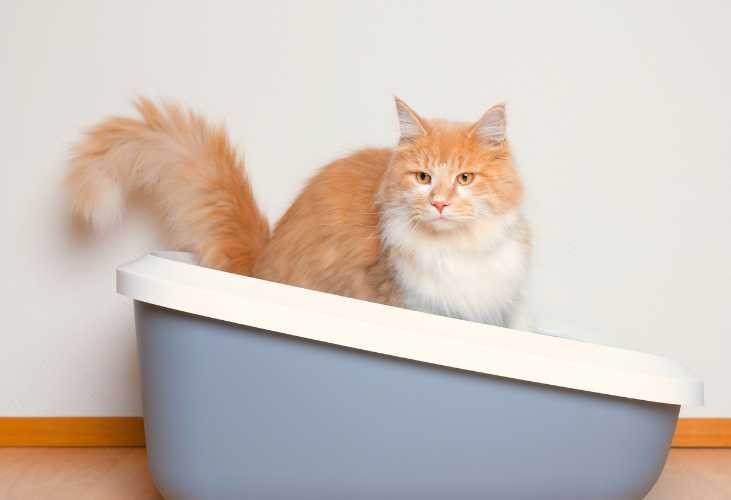

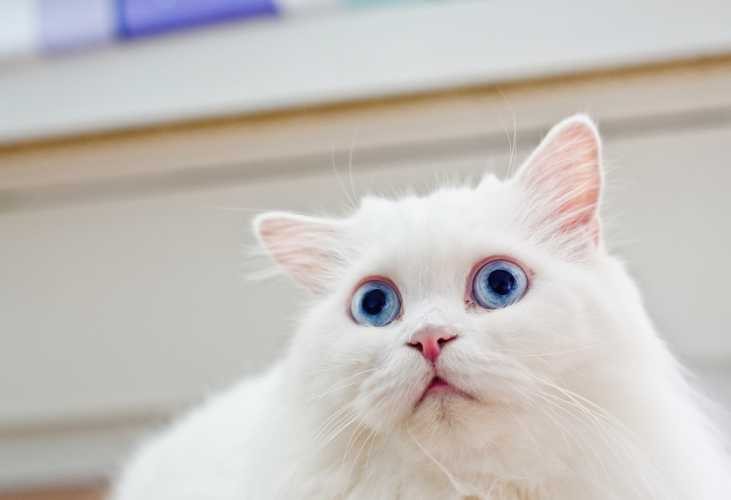


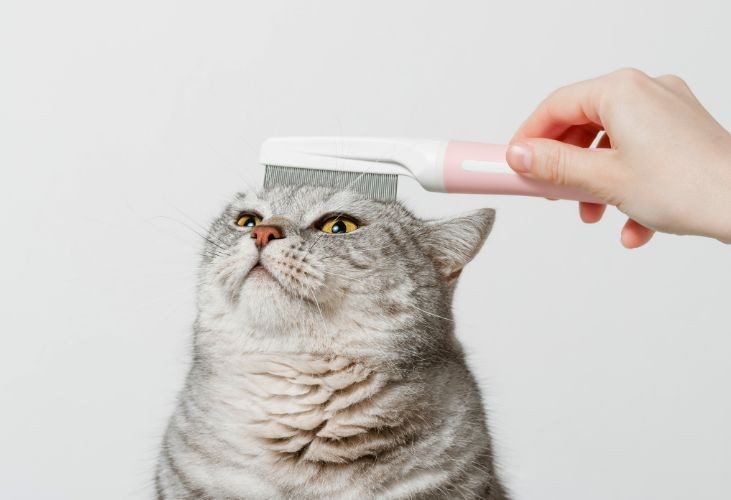
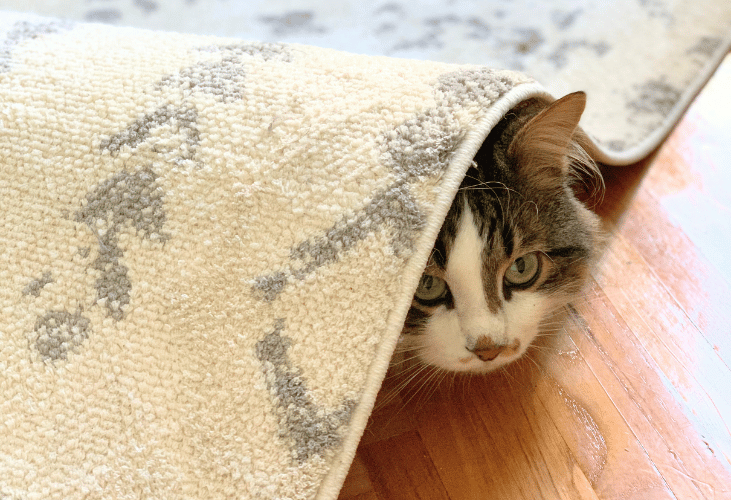
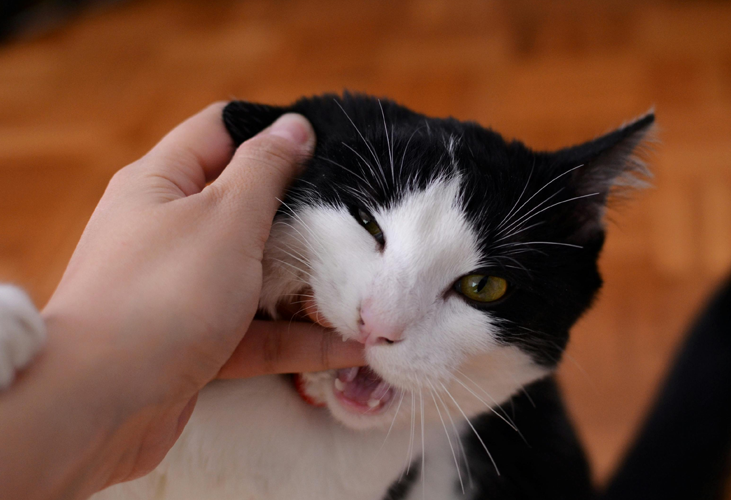
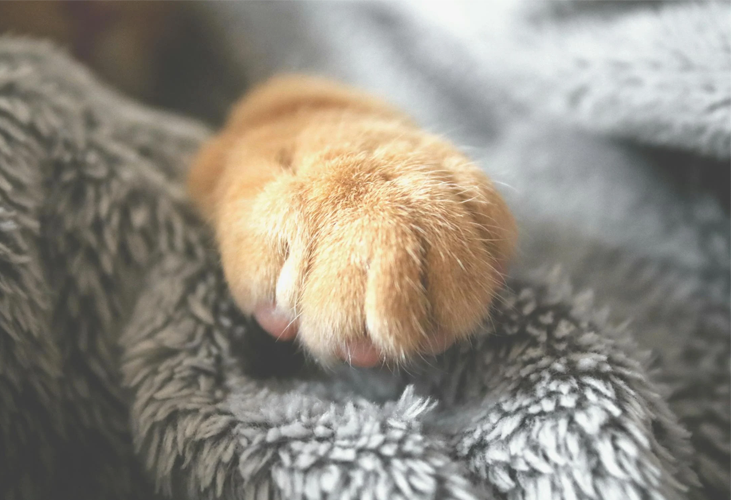

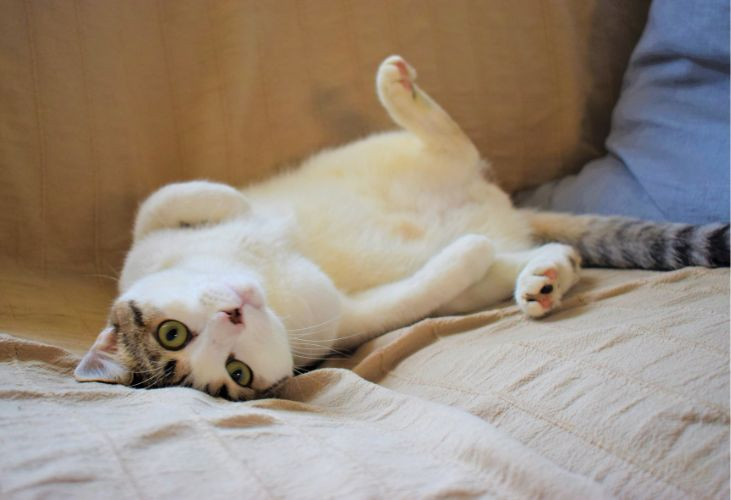
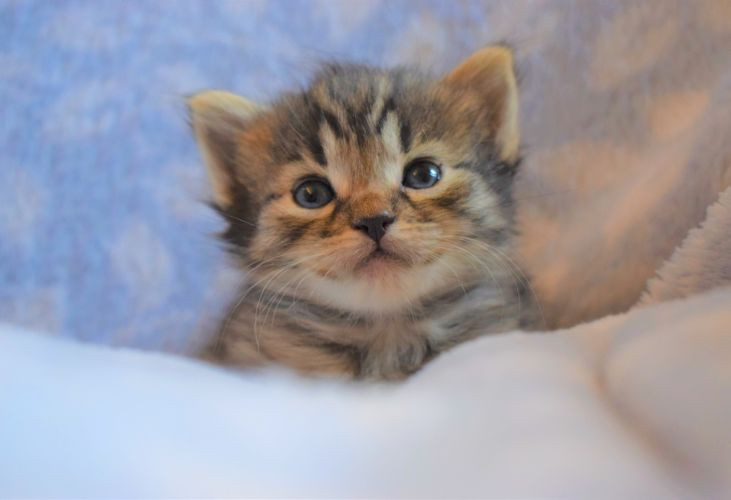

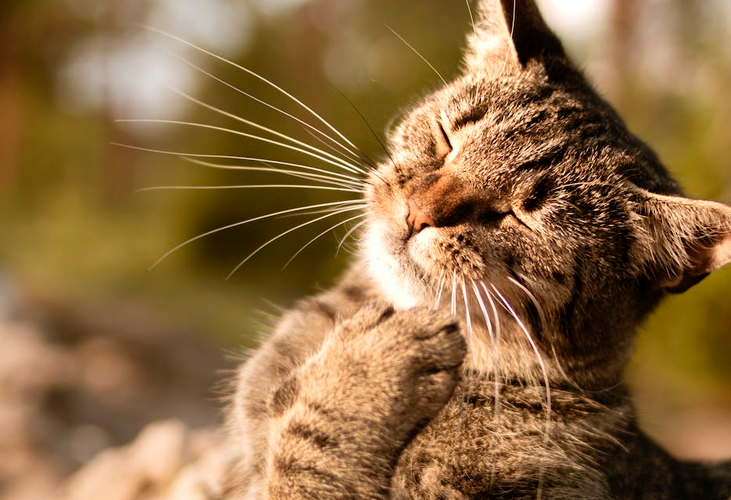

Leave a comment